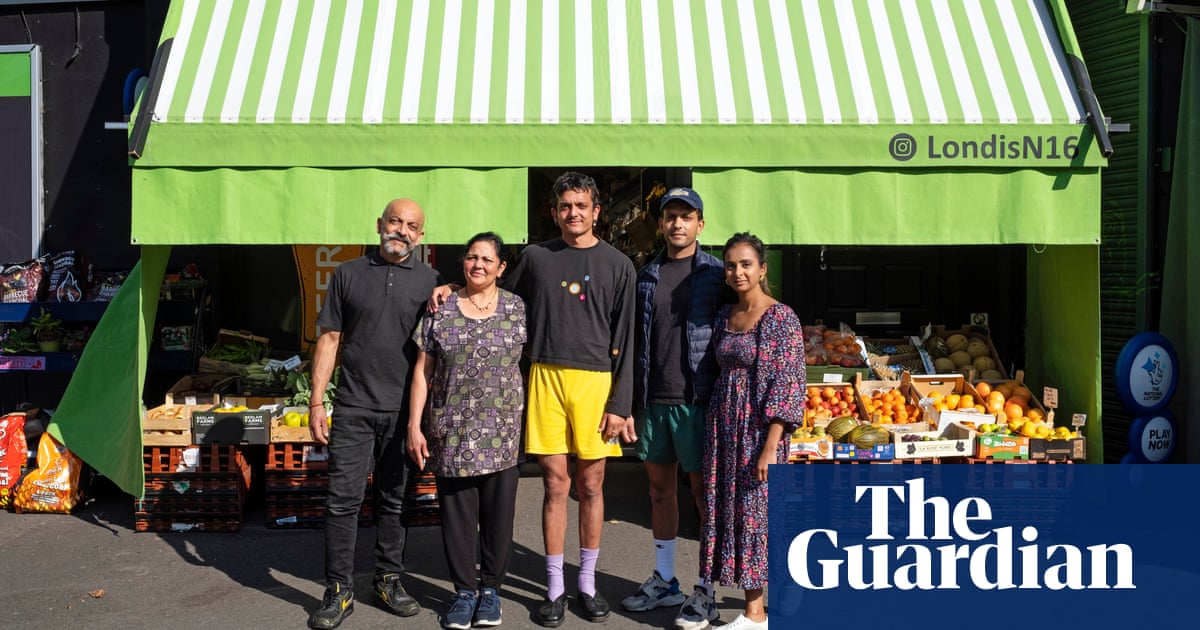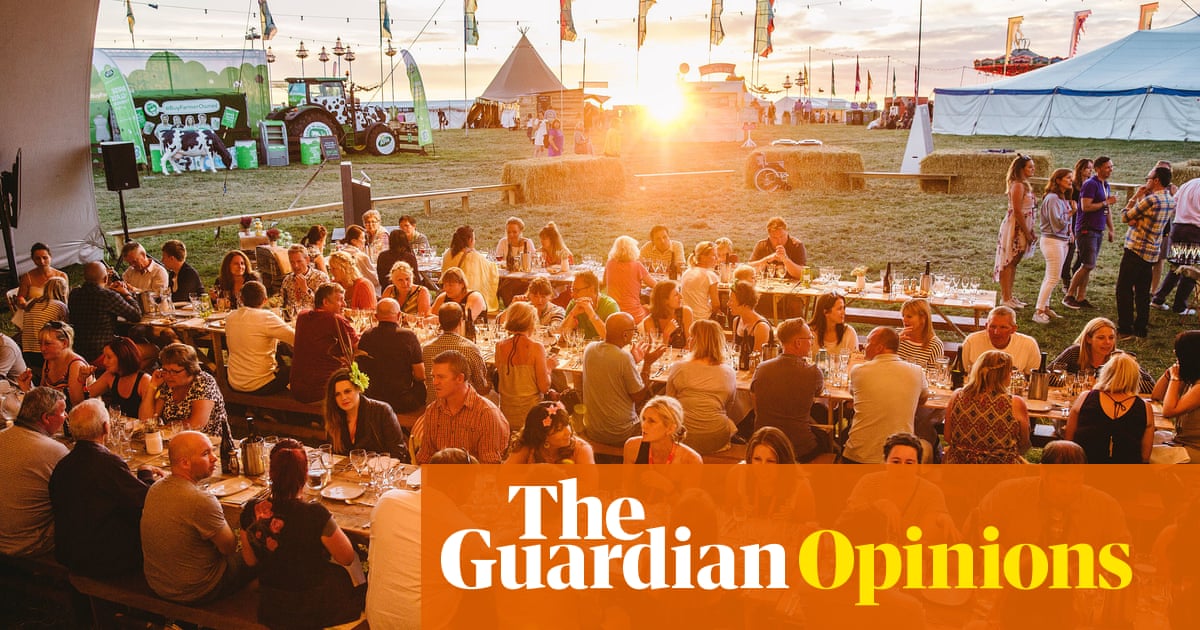
wore this LaQuan Smith Lycra bodysuit, all-black everything, when I opened for Chris Rock as part of his Total Blackout tour at the Barclays Arena in Brooklyn in December 2017. It was the biggest show I’d ever done – I’d never had 60,000 people come to see me before.
I was in my zone. There was this feeling of: “I’ve been called for such a time as this; go slay this dragon.” The outfit made me feel like a superhero. You know how Beyoncé has Sasha Fierce? This made me feel like: “You want these jokes, I’m about to give it to you.”
I had a photoshoot in the bathroom, where I was using the handlebars in the stall and pretending I was kicking down every barrier to my dreams and saying I’m here to stay. When you’re a child of immigrants, an immigrant black woman, your destiny is mapped out for you – the parameters of where you can go are already modelled. Me performing on a grand stage is not something my parents ever dreamed would be a part of their, or their child’s, story.
Just like Chris Rock picked me to share in his moment, I make a point to wear an outfit from an African designer in every frame of my new HBO special. And when me and Luvvie Ajayi do live shows for our podcast Jesus and Jollof, we make a point to have a piece of ankara and mix it with American style. It’s saying: “We can mix a thing that connects us to our culture and also what the mainstream world would consider high fashion” – until one day we will see that African styles are considered high fashion. Some brands that aren’t by people of colour, or descendants from Africa, have made things out of African wax fabric that our tailor custom makes for us back in the village, but they are selling them for thousands of dollars, as opposed to giving others a platform to shine in their own right and profit.
I’m a tomboy by nature so I choose comfort over couture. I was raised with older brothers and I would wear oversized clothes. For me they were cool and I thought wearing their clothes would also make me cool. It didn’t. But even now, as a thirtysomething woman, I love taking men’s fashion and incorporating it into my wardrobe.
The way [my character] Molly dresses in Insecure is very different to how I dress. Yvonne would go to the grocery store in sneakers, but Molly doesn’t do sneakers. She would never. She wears corsets to go bowling. Costume designer Shiona Turini does an amazing job of styling Molly in a way that conveys what she’s feeling and the environment that she’s in. It’s power suits at work because Molly is trying to be a partner and advance in the high ranks of corporate culture. When you see her at work it’s like: “I can beat this case and I’m going to dress like I can.”
I think entertainers have a responsibility to use their art and platform for change and good. In the nuance of our performances, our dialogue and our wardrobes, Insecure addresses things that are going on in the world. The characters grew up in south LA, so whether it’s a nod in solidarity through a sweatshirt, such as the Trayvon Martin one Molly wore in season two, or a line of dialogue, such as this season making mention of Serena Williams [and her experience of childbirth] to talk about how black pain is disregarded or discredited, we will speak on important issues.












